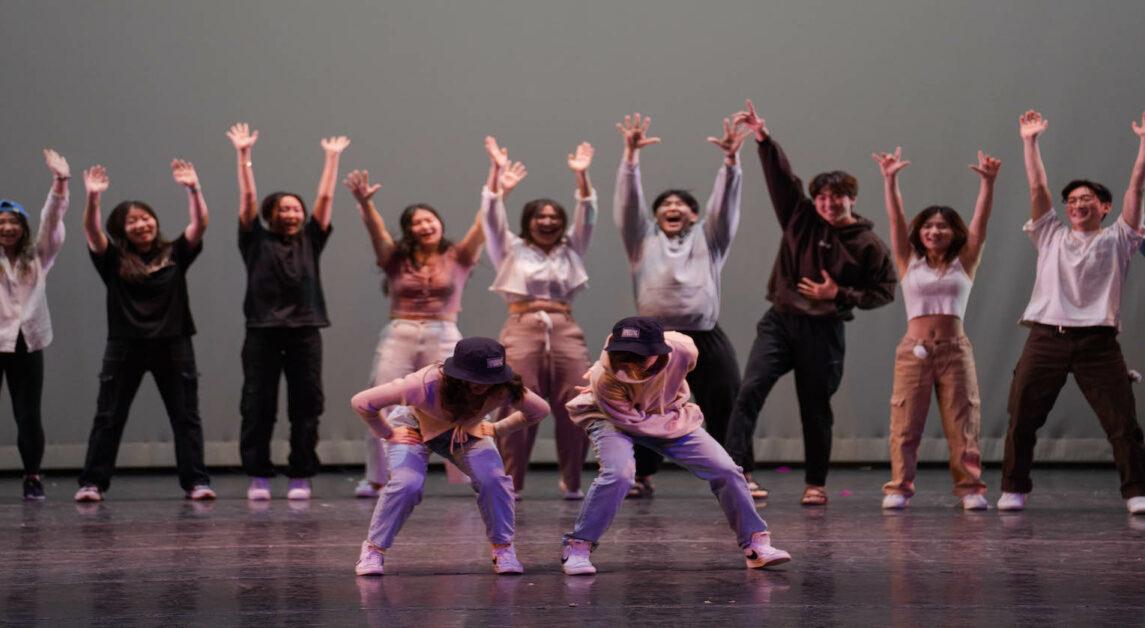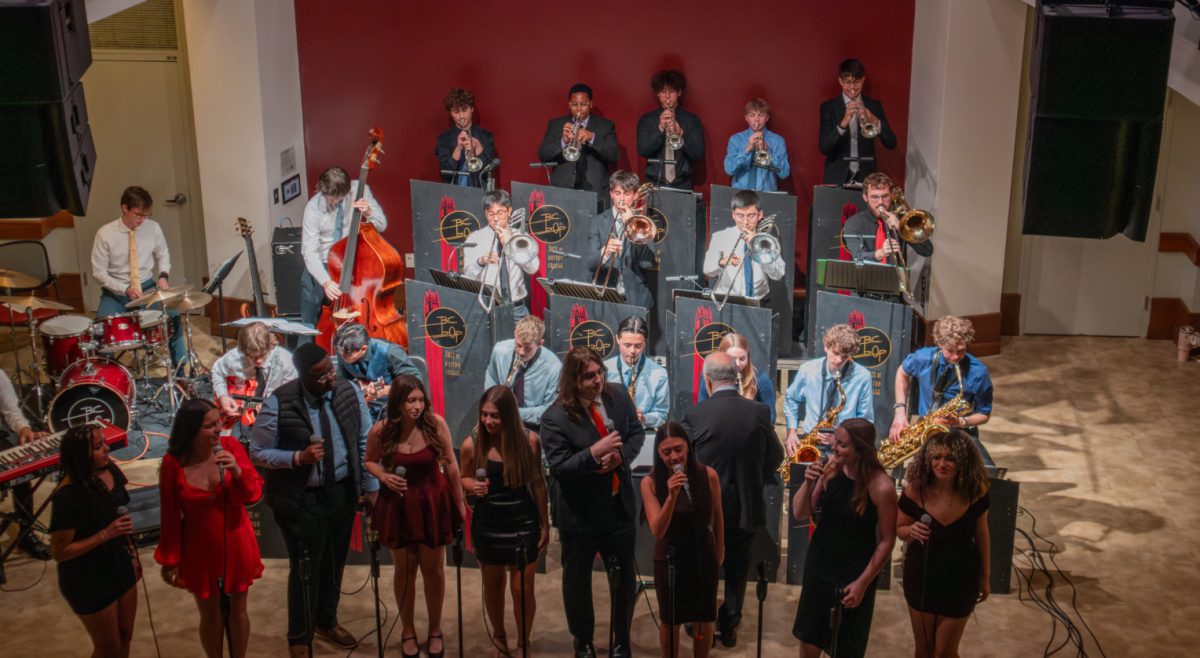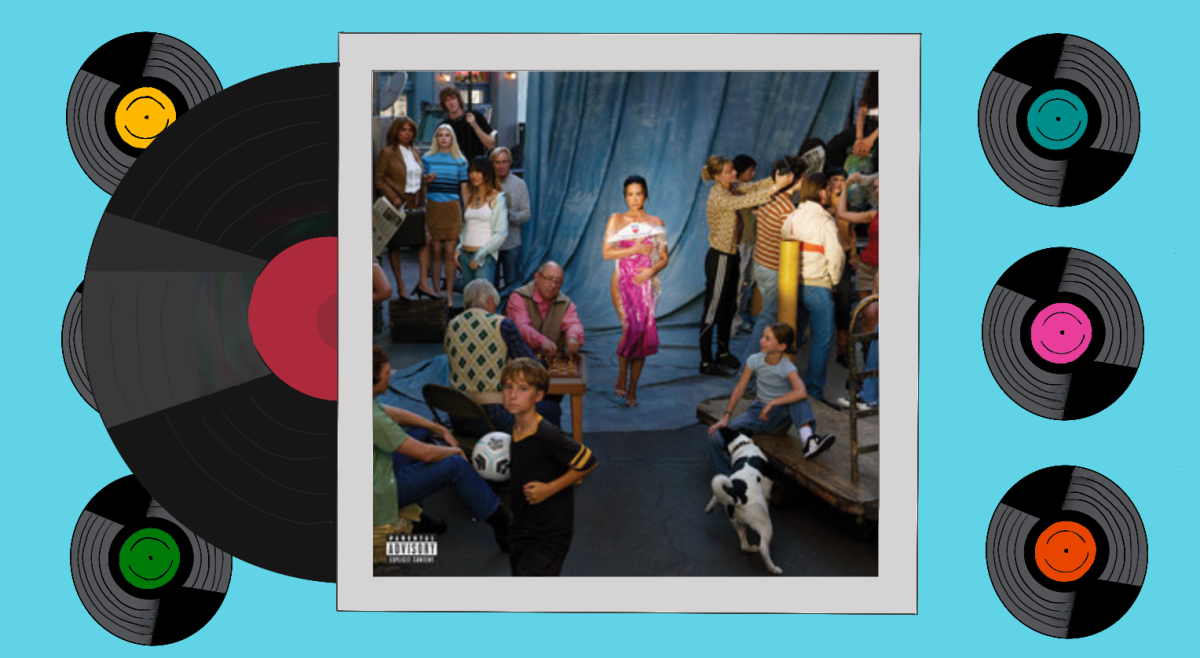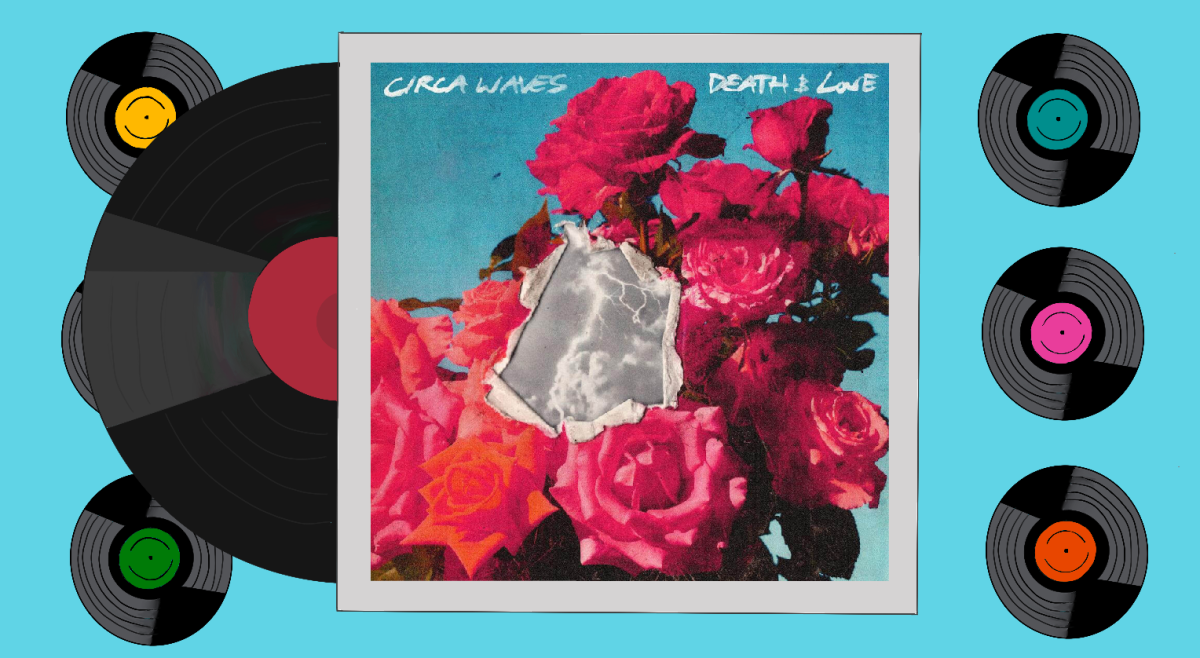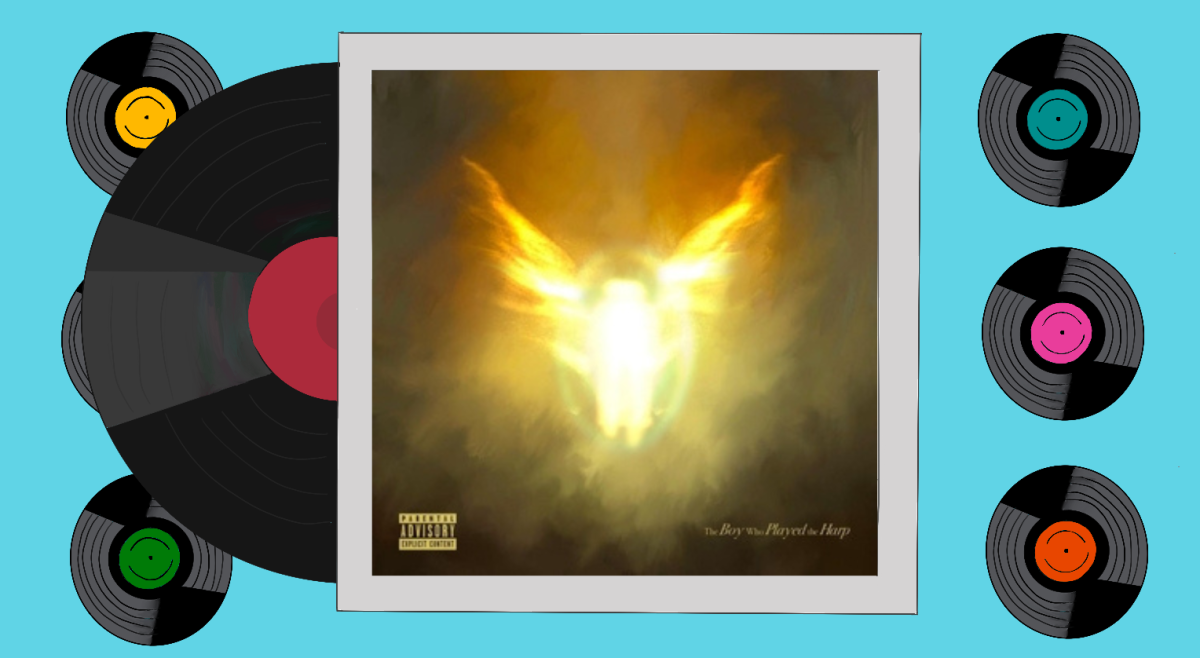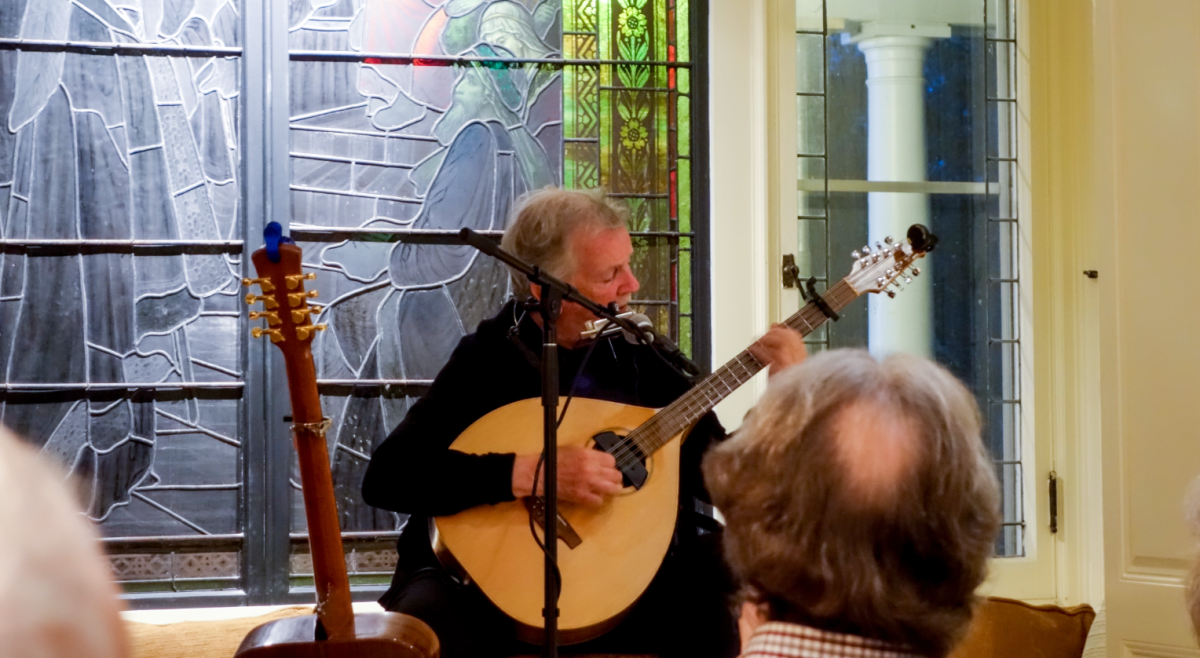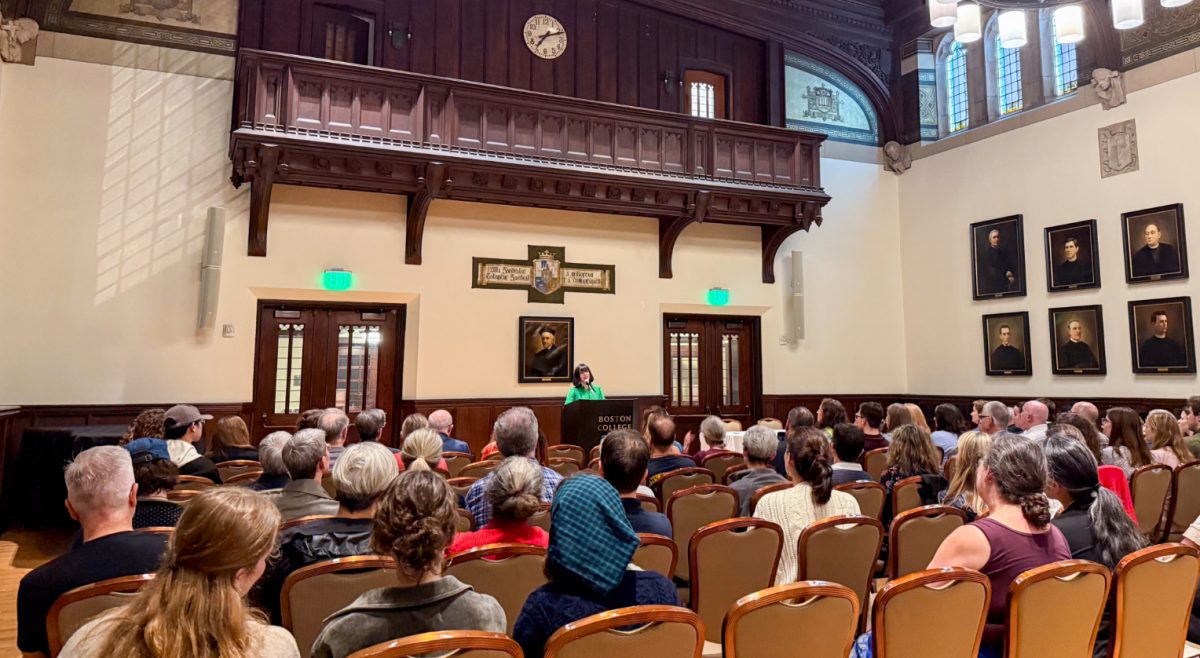Jinju Park, culture chair of Boston College Korean Students Association (KSA) and MCAS ’25, introduced KSA’s culture show Lost in Translation as having a focus on expressing culture through words and identity. She said the student organizations’ goals in putting on the culture show were to remind themselves of the beautiful language and culture they possess, while still finding their identity in the modern American world.
“Are we Asians or are we Americans?” Park said.
Lost in Translation was the 23rd annual culture show hosted by BC Chinese Students Association (CSA) and KSA, which took place on Feb. 11 in Robsham Theater. The show featured a variety of traditional and modern performance acts and explored the cultural tradition and heritage of China and Korea, uniting these histories with modern pop culture and depictions of the reality of students’ lives in America.
The opening act, Lion Dance, was performed by CSA and featured two lions dancing and stomping to the beat of a drum. These lions are symbols of strength, superiority and prosperity. The Lion Dance is a tradition to ward off evil spirits and bring prosperity to its viewers, according to the show’s program. The performing lions brought life and energy to the stage with their tricks and playful dancing. They then left the stage to circle the audience and invite viewers to participate in the cultural experience.
Several traditional cultural acts were dispersed between scenes of a Korean drama, acted out by members of the two groups. The Korean drama revolved around the life of a K-pop singer who struggled with her identity and fame and ultimately fell in love with an ordinary coffee shop barista against the wishes of her parents. The blend of acting scenes of the K-drama and traditional dancing symbolized the interconnectedness of modern Korean and Chinese culture with roots from the past.
Dance acts throughout Lost in Translation featured several modern pieces, incorporating genres such as K-pop and C-pop singing and dancing. The spirited nature of the second act represented modern Korean and Chinese culture in an exciting way. The K-pop and C-pop dancing incorporated hip-hop and jazz dancing and catchy music.
The third act, Talchum, featured a traditional Korean performance that combined dance, music and theater. The performers wore masks and held two white scarves while they were dancing to pray for an abundant harvest, peace, prosperity, and protection against evil spirits. This traditional dance morphed into a modern piece where the dancers incorporated hip-hop moves and danced to the song “Sexy and I Know It” by LMFAO.
The performers on stage brought life to the audience. The theater was filled with positive energy as viewers constantly cheered for the acts and their friends on stage.
Audience member Scott Okagawa, CSOM ’23, came to his first culture show to support his friends who were performing. He said he enjoyed the choreography of this student led production.
“I was pleasantly surprised at how well it was choreographed,” Okagawa said. “Especially since it was led by students.”
CSA and KSA credited the success of the show to the hard work of their board members and choreographers. The groups introduced each of them during and after the performances.
The show artfully intertwined old and new cultural elements through song and dance, provoking viewers to think about merging identities and cultural realities.

